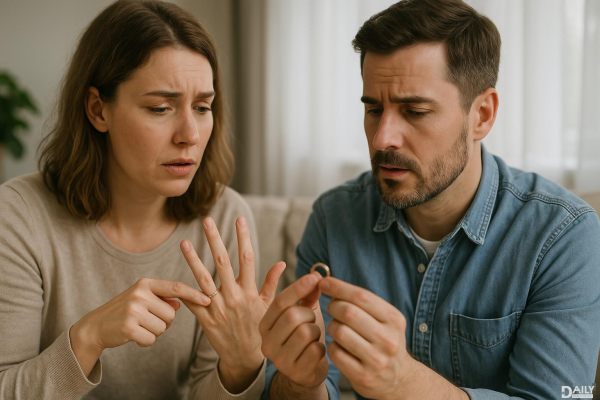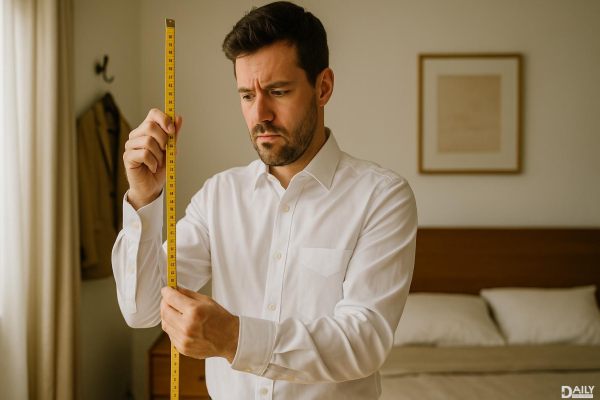If you're tying the knot in the U.S., the answer is simple: your wedding ring goes on the fourth finger of your left hand—what we commonly call the "ring finger." But here's the kicker—this tradition isn't universal, and the reasoning behind it is way more interesting than you might think. Let's dive into the history, science, and cultural quirks that make this tiny piece of jewelry etiquette so fascinating.

This tradition dates back to ancient Egypt, where people believed the "vena amoris" (vein of love) ran directly from the fourth finger to the heart. The Romans later adopted this belief, and it stuck around through medieval Europe before making its way to America. Modern anatomy has debunked the vein myth—all fingers have similar vein structures—but the romantic symbolism persists. Even today, slipping a ring on that left fourth finger feels like connecting directly to your partner's heart.
While Americans and most Western cultures wear wedding bands on the left hand, many countries do the opposite. In Russia, Greece, and Colombia, the right-hand ring finger is standard. Some cultures switch hands based on gender or religion—Orthodox Christians often wear rings on the right, while Jewish grooms traditionally place the ring on the bride's right index finger during ceremonies. The takeaway? There's no biological "correct" finger—it's all about cultural context.
Researchers have found practical reasons why the left fourth finger became dominant in Western cultures. As most people are right-handed, wearing a ring on the non-dominant hand reduces wear and tear. The fourth finger also experiences less independent movement than other fingers—try wiggling just your ring finger and you'll notice how it naturally wants to move adjacent fingers. This makes it the most stable place for keeping precious metal secure.
Contemporary couples are rewriting tradition in creative ways. Some left-handed people choose their right hand for practicality. Others wear rings on necklaces or alternate fingers after injuries. Same-sex couples sometimes adopt matching non-traditional placements as personal statements. Even the materials are changing—titanium bands for mechanics, silicone rings for athletes—proving that function can outweigh tradition.
Here's the liberating truth: your marriage license doesn't specify finger placement. The meaning comes from your commitment, not jewelry geography. Some historians note that early American colonists often wore wedding rings on thumbs or index fingers. As long as your ring symbolizes your relationship, you're doing it right—regardless of which digit gets the honor.
Whether you follow tradition or blaze your own path, the wedding ring's power comes from what it represents—not which finger wears it. So go ahead and let your ring finger (left or right) serve as a quiet reminder of your love story, knowing you're participating in a tradition that spans continents and centuries. Just maybe keep it away from power tools if you're going for that "happily ever after" longevity.
























